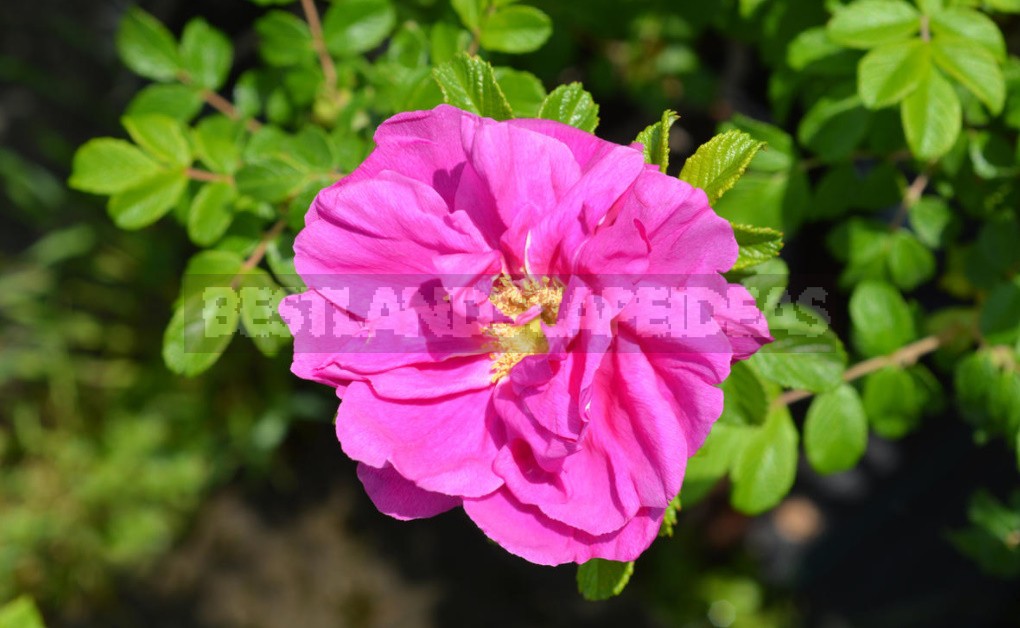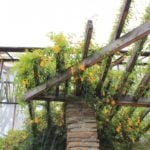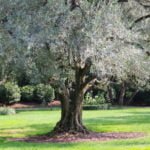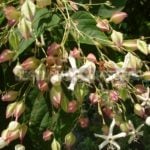Since June 1 last year, Rósa rugósa has been outlawed in Finland: everyone can (and according to Finnish officials, should) uproot shrubs, even in a public Park. Of course, the briar was not guilty of its prickliness. It fell into disgrace because it is listed as an invasive species.
Invasion
Remember the textbook example of unintended consequences-the story about Australian rabbits? More precisely, European, brought to Australia by colonists. In the Australian savanna, having no natural enemies, eared began to breed at an unprecedented rate, even for rabbits. And today, the Australian government is suffering annual losses of millions in agriculture and constant huge expenses (just one fence with a length of almost 3,5 thousand kilometers is worth it!) to fight the grey invaders. For Australia, the grey wild rabbit, a typical representative of the fauna of southern Europe – is an invasive, harmful species.
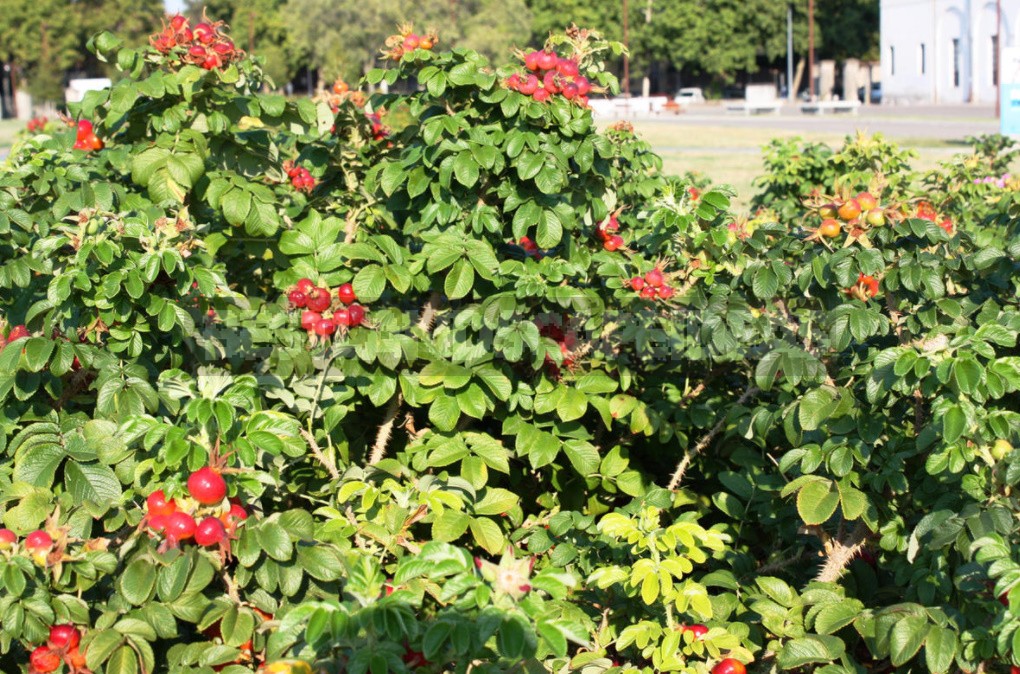
Invasive are species of living organisms that have spread in atypical habitats as a result of human anthropogenic influence, displacing local species and threatening the biodiversity of native flora and fauna. The Latin word invasio translates as “invasion”, “forcible capture”.
Specialists of the international non-profit organization IUCN (International Union for Conservation of Nature) have compiled a list of invasive species, which includes 100 of the most dangerous animals, plants, insects, and even viruses and protozoa. Since the beginning of summer 2019, the register has been updated with another species-the notorious rosehip, recognized as invasive in Finland.
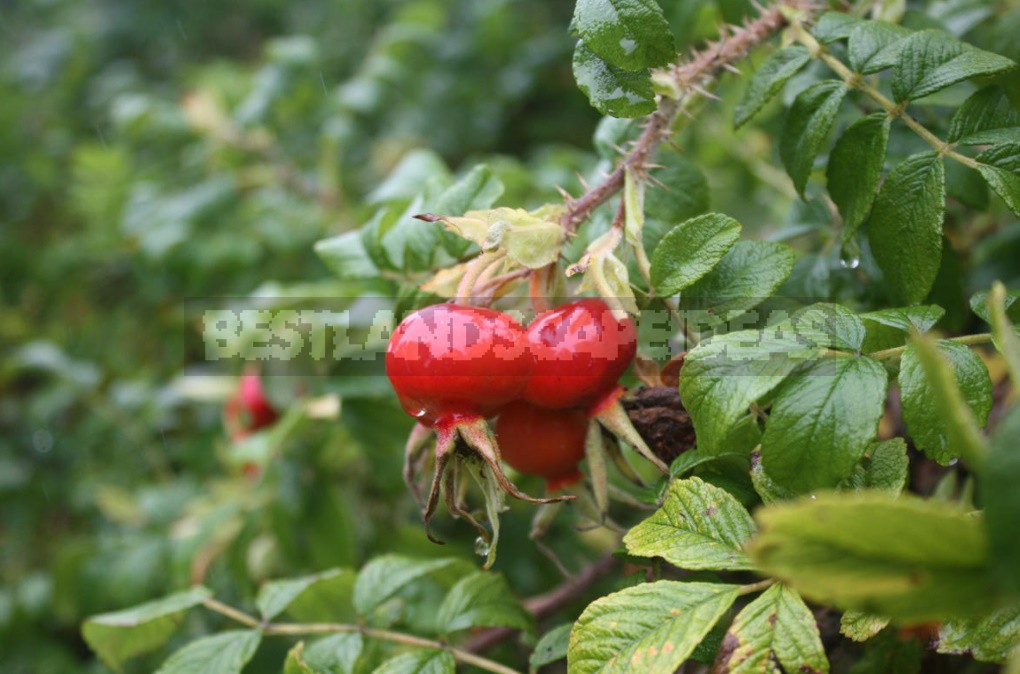
An intruder is worse than an enemy
In the story of Australian rabbits, it is clear on whose head to send curses – in 1859, an avid hunter Tom Austin released 24 animals into the wild on his estate in Barwon Park, so that he could indulge in his favorite pastime in the British colony. These released animals were the beginning of the explosive development of the rabbit population. It is not known who brought Rósa rugósa seedlings or seeds to Finland.

The birthplace of Rósa rugósa is the far East, so it is sometimes called the Japanese rose or Japanese rosehip. Having come to Finland in the 90s of the last century, most likely as an ornamental plant for creating hedges, it has easily adapted and now occupies quite large areas. And, perhaps, if only the desert sand dunes of the Finnish Baltic coast (another name for the wrinkled rose-“beach rose”) were overgrown with the alien briar, the Finnish authorities would have accepted it.
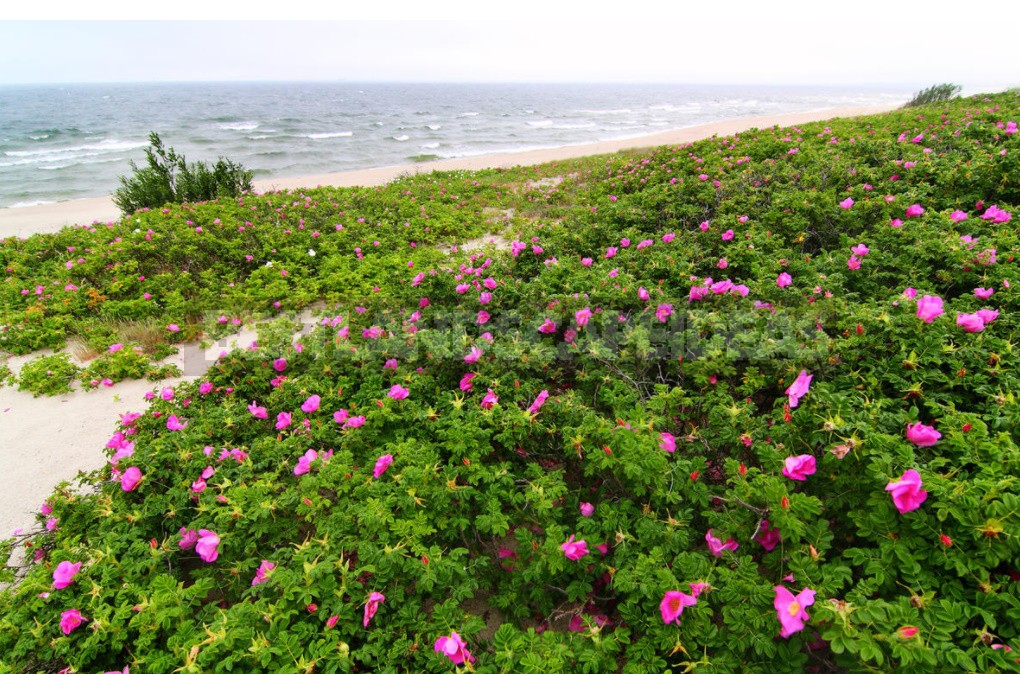
But the Rósa rugósa bushes grow well, and in places form impenetrable multi-meter thickets in parks, on wastelands, forest edges and roadsides. The authorities called on citizens to take part in the eradication of the cute plant aggressor and banned the import of plants into the country and its planting.
“This species is widely and actively distributed, especially along the Finnish coast of the Baltic sea, causing harm to other plants, it is extremely difficult to breed and quickly conquers territories. That’s why we had to ban this type of wild rose,” said Pekka Kemppainen, adviser to the Finnish Ministry of agriculture and forestry. The Finnish government took three years to get rid of the harmful rosehip.

In the same law, in addition to Rósa rugósa, several other plants are recognized as dangerous and subject to destruction – Lupinus nootkatensis and Lupinus polyphyllus, Senecio, Fallopia sachalinensis, Reynoutria japonica, Impatiens capensis and the algae Elodea canadensis.
Know the enemy “in person”
In General, rosehip is not completely alien to Finnish nature: at least ten representatives of the genus Rosehip grow on this territory. The Finnish Ministry of agriculture and forestry intends to fight only Rósa rugósa. A special project VieKas LIFE has been created to distinguish the plant occupier from, for example, the very similar at first glance Rosa rubiginosa, typical of the nature of Scandinavia. Its activities are aimed at preventing and raising public awareness of invasive alien species.
“Recognizing invasive alien species is an important skill for every Finn, because in the worst case, they cause significant economic and environmental harm, or even harm to health,” says project coordinator Markus seppjala.

And of course, Finnish officials do not call for giving up healthy products from rosehip: jam from rosehip fruits and tea are traditional for Finnish cuisine.
Rósa rugósa is also common in other European countries, but so far it is considered an invasive and endangered species only in Finland.
If you plan to harvest rosehip in the fall for medicinal purposes, we recommend choosing another variety of this plant – Rosa majalis. Its fruits contain the most vitamin C, as well as other useful substances. The fruit (although from the point of view of the truth, rosehip berries are not a fruit, but an overgrown and concave flower, like strawberries, only inside out, called cynarodia by botanists) Rosa rugosa is probably better suited for culinary purposes, because it is more fleshy.
